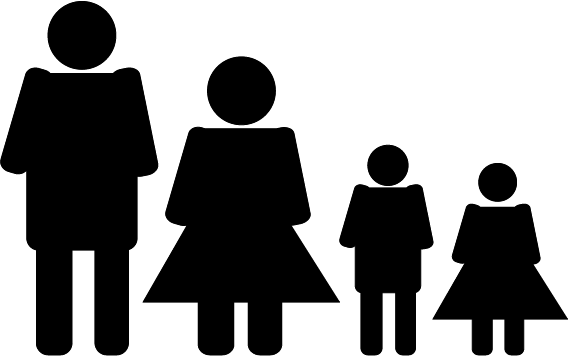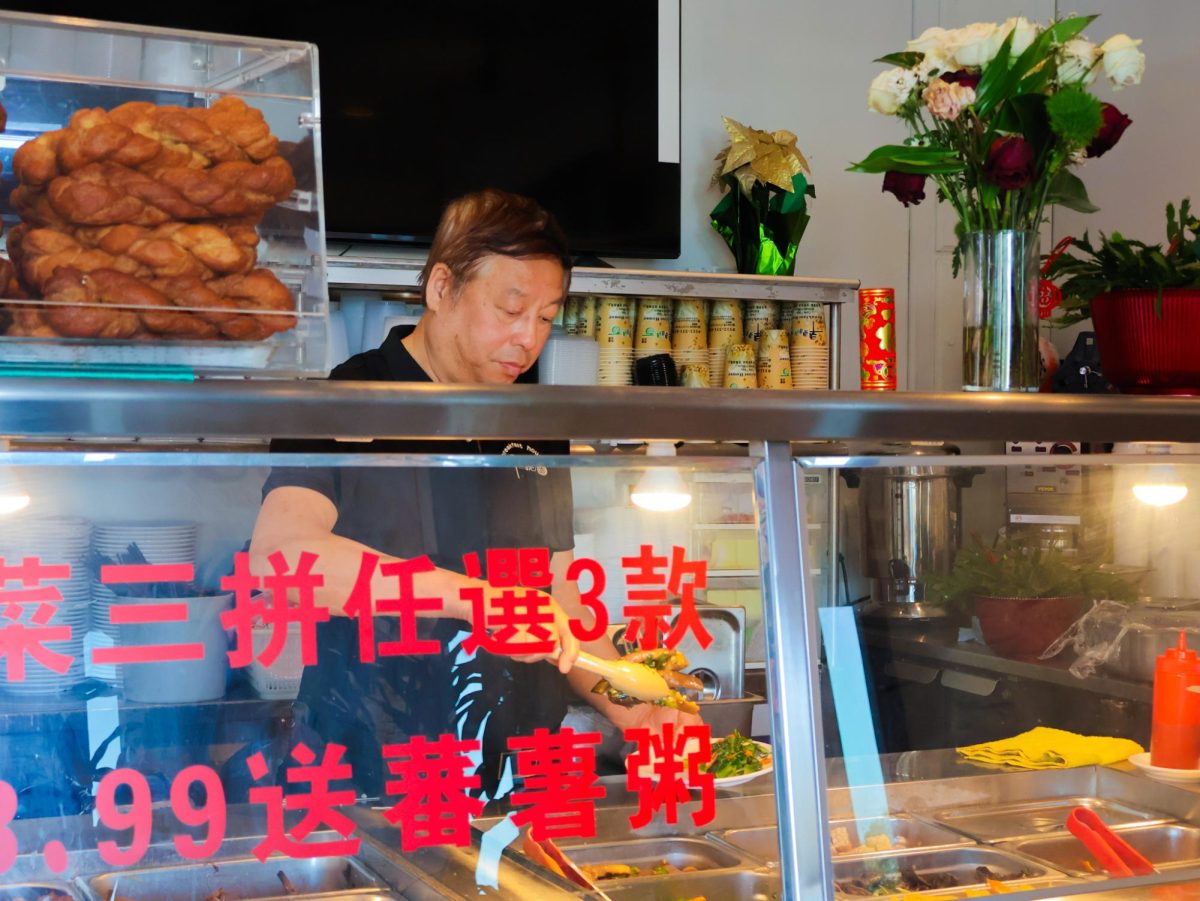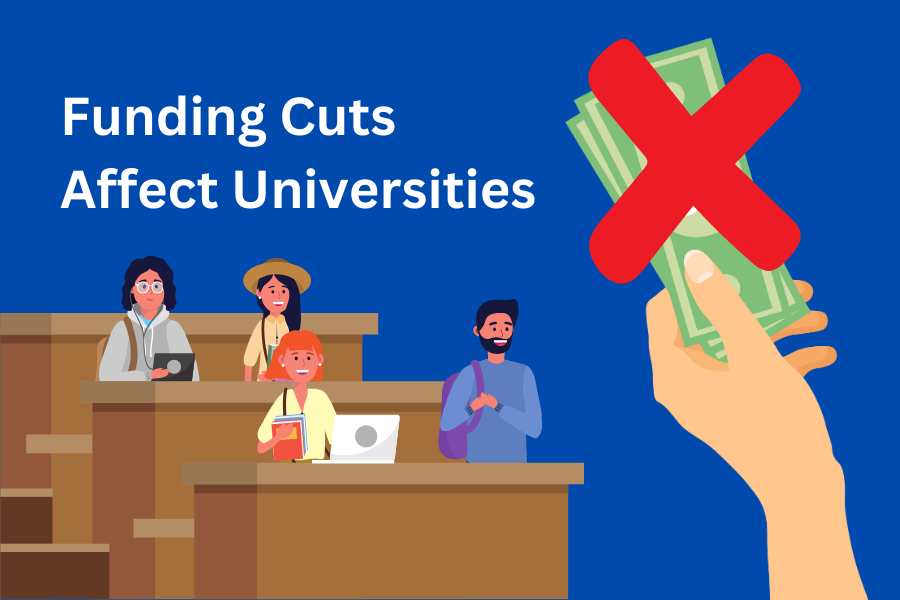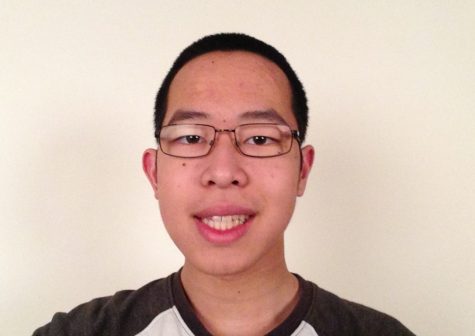After more than thirty years of a restrictive one-child policy, all parents in China will now be allowed to have a second child.
The old policy’s unpopularity, combined with a shrinking workforce and an extremely low fertility rate, resulted in the Chinese government’s decision to repeal the law on Thursday, Oct. 29. The government stated that families must follow the one-child policy until the new law takes effect in March, despite the amendment having been described before as, “Too little, too late.”
This all begs the question — why was the Chinese government so slow on the uptake to change this ineffective policy, especially one with so many horror stories of forced abortions and abandoned children? What’s even more questionable is that China’s only really turning the one-child policy into a two-child policy, rather than being bold and restoring the reproductive freedoms of its citizens or – at the very least – reforming their family-planning system.
The infamous ‘one-child policy’ was implemented in 1979, preventing a large portion of Chinese parents from having a second child without incurring a fine, as well as providing families who only had one child with financial incentives and employment opportunities. However, more drastic measures such as forced abortions and mass sterilizations have also been used to comply with the policy, due to many couples’ inability to pay government fines.
There have been several occasions when the policy has been made more lenient; in 2013, parents were allowed to have a second child if one parent was an only child. However, very few people have taken advantage of this, and there wasn’t a very big increase in birth rate after the change in policy.
It seems a little strange that only now, after the impacts of this policy have been felt for decades, is China trying to make its policy more lenient. Furthermore, the changes to the family- planning policy are not ending the ‘one-child policy,’ as some claim — after all, there were already changes to the family-planning policy that allowed parents to have a second child that not many people took advantage of. So, overall, allowing a second child might not change a whole lot about the social and family structure of China — or solve the problems the Chinese government faces.








